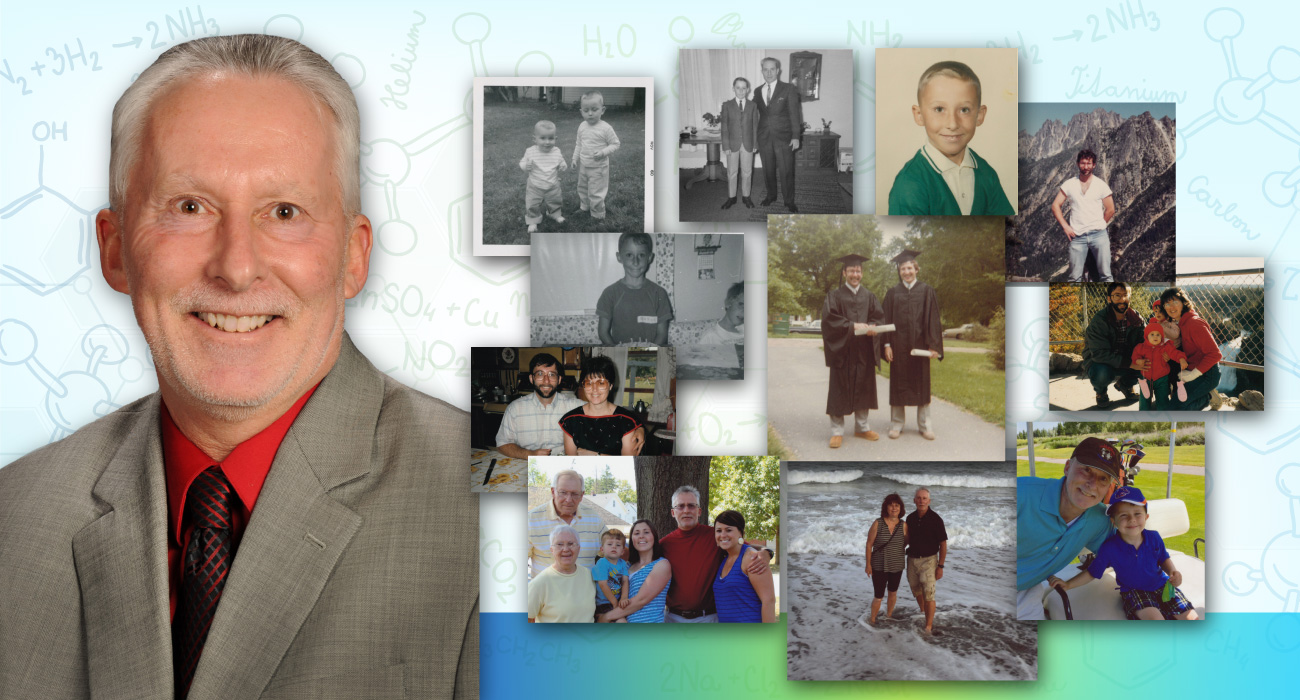As he prepares to retire in October and transition to emeritus status, Steve Hartenstein, INL’s chief science officer for National and Homeland Security research, reflects on his 36-year career.
Steve Hartenstein’s career has been dedicated to security research. The work he accomplished during his service to Idaho National Laboratory on behalf of the nation have impacted decisions made at the highest echelons of U.S. national security organizations, including White House briefings for the president. Today, his work as the chief science officer for National & Homeland Security at INL guides development of the country’s top security research talent. But he describes his role with a healthy dose of humility.
“I used to tell people ‘I am never going to be an Einstein,’” Hartenstein said. “I want to help the next Einstein be the Einstein.”

Growing up the son of a barber in Bloomville, a northern Ohio village of 900 people, Hartenstein wasn’t focused on innovating the security sector. He just knew he was fascinated by numbers, and he was good at school. An 8th grade math and science teacher encouraged him to consider college.
The nudge was “enlightening” to him since “it wasn’t something everyone in our family did,” he said. “But that turned the wheels a bit.”
The encouragement pushed Hartenstein to take college prep courses and apply for admission and scholarship opportunities. After rigorous testing and much deliberation, he chose to attend Wabash College – a liberal arts school in Crawfordsville, Ind. that could provide a well-rounded education.
When the time came to choose a major, he picked chemistry. “I liked the logic of chemistry because you find the answers by following a pattern,” he said. During his education, he narrowed in on analytical chemistry. He was attracted to the field because of its focus on applying science to find answers to real-world questions. All the while, his university’s curriculum required him to exercise analytical and philosophical thinking beyond chemistry, ensuring he was well versed in both science and liberal arts.
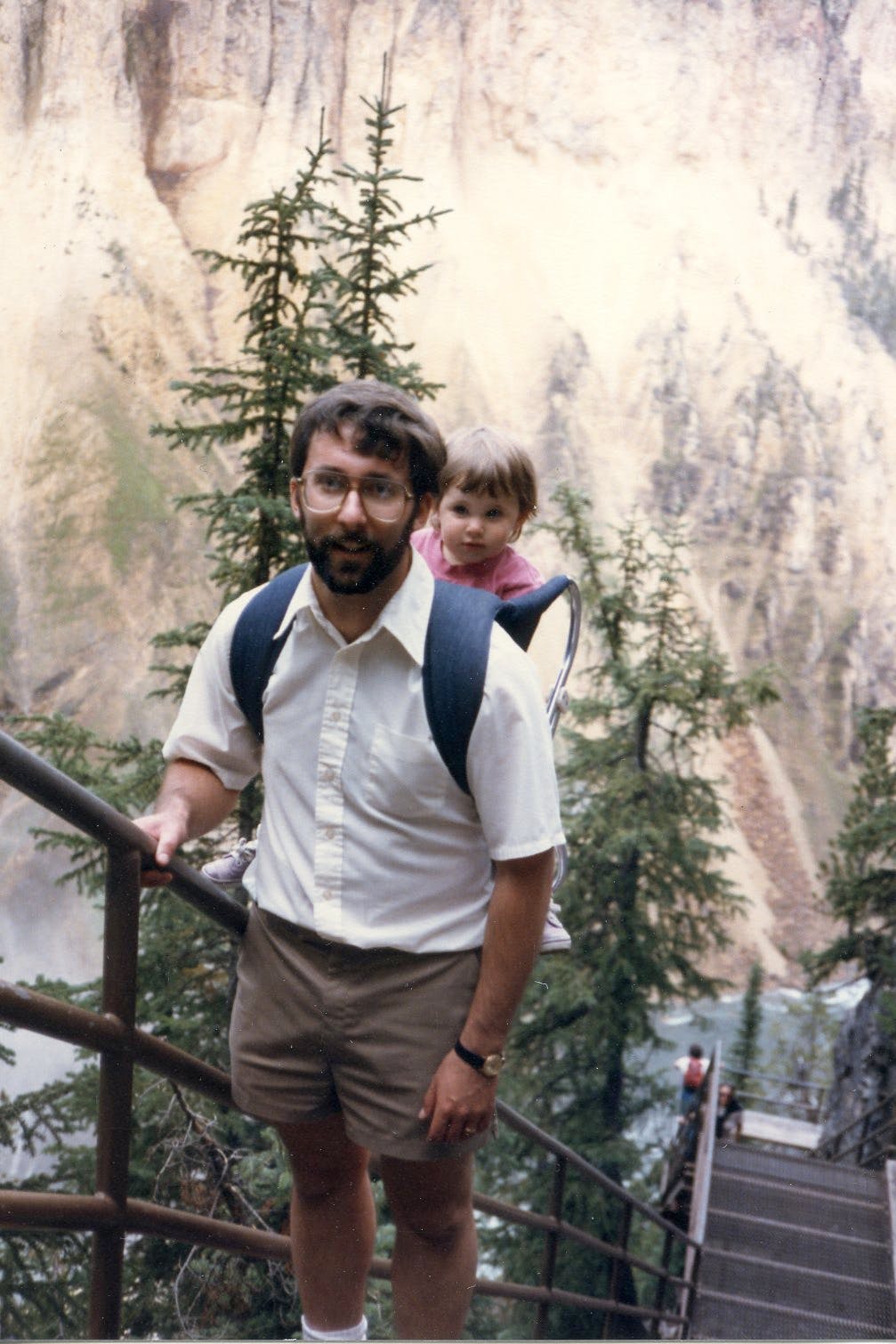
He bemoans the memory of a calculus professor requiring a written essay to exam questions, but in the next breath, he relishes the opportunity to boast about the creative problem-solving skills he developed at Wabash. “I use something from one of my liberal arts classes every day,” he said.
While he spent the school years working toward his degree and his summers mowing lawns or working in the town park earning money to continue his education, he wasn’t sure where his career would take him. For a long time, he planned on teaching. After consulting with a college adviser, he decided to apply for graduate school.
He went on to earn a doctorate at University of Washington in analytical chemistry. After graduate school, Hartenstein accepted a job at the Idaho Chemical Processing Plant, a facility located at what is now INL. His goal was to climb the ranks until he was able to run an analytical chemistry lab.
The climate at INL during Hartenstein’s early career provided many opportunities to explore and advance. Within 10 years, he was managing a lab. However, as projects and research priorities shifted, it became clear that he needed to exercise flexibility to keep moving forward. “As I mentor interns, one point I emphasize is that I never said no to a new career opportunity,” he said.
During his earliest time as a chemist, Hartenstein would work on occasional projects that leaned toward national security. However, due to the classified nature of the work, he never knew how the isolated pieces fit together in the larger project at hand. Those projects piqued his interest, and he felt himself drawn more and more toward national and homeland security and intelligence.
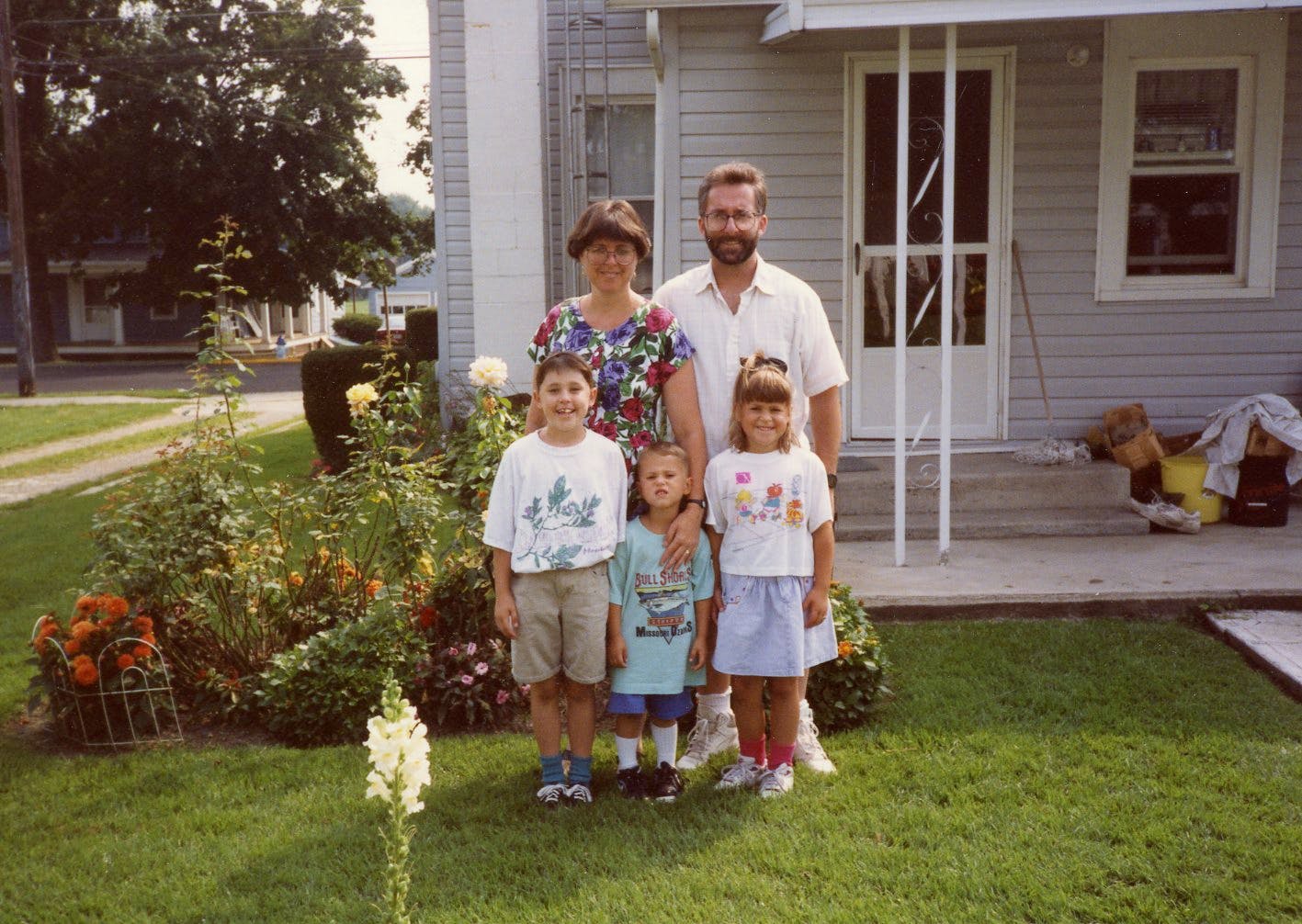
This interest culminated in serving as INL’s Field Intelligence Element director, a position he held for nearly a decade. In that role, Hartenstein’s well-rounded education came in handy as he needed to be proficient in many of INL’s technical leadership areas, understand the complex elements of national security policy and hone a keen awareness of human behavior. During his time in the position, INL saw a huge growth in intelligence research. The policy-focused nature of the assignment might have made it easy to view the position as administrative, but Hartenstein’s experience as a researcher gave him a different perspective.
“Not only was I doing policy stuff, but I got to meet with researchers, challenge them with a national problem and help them create solutions,” he said. “This provided whole new opportunities for them to see where their research could go. And with my principles of creating opportunities for researchers. I resonated most with the position because of that angle.”
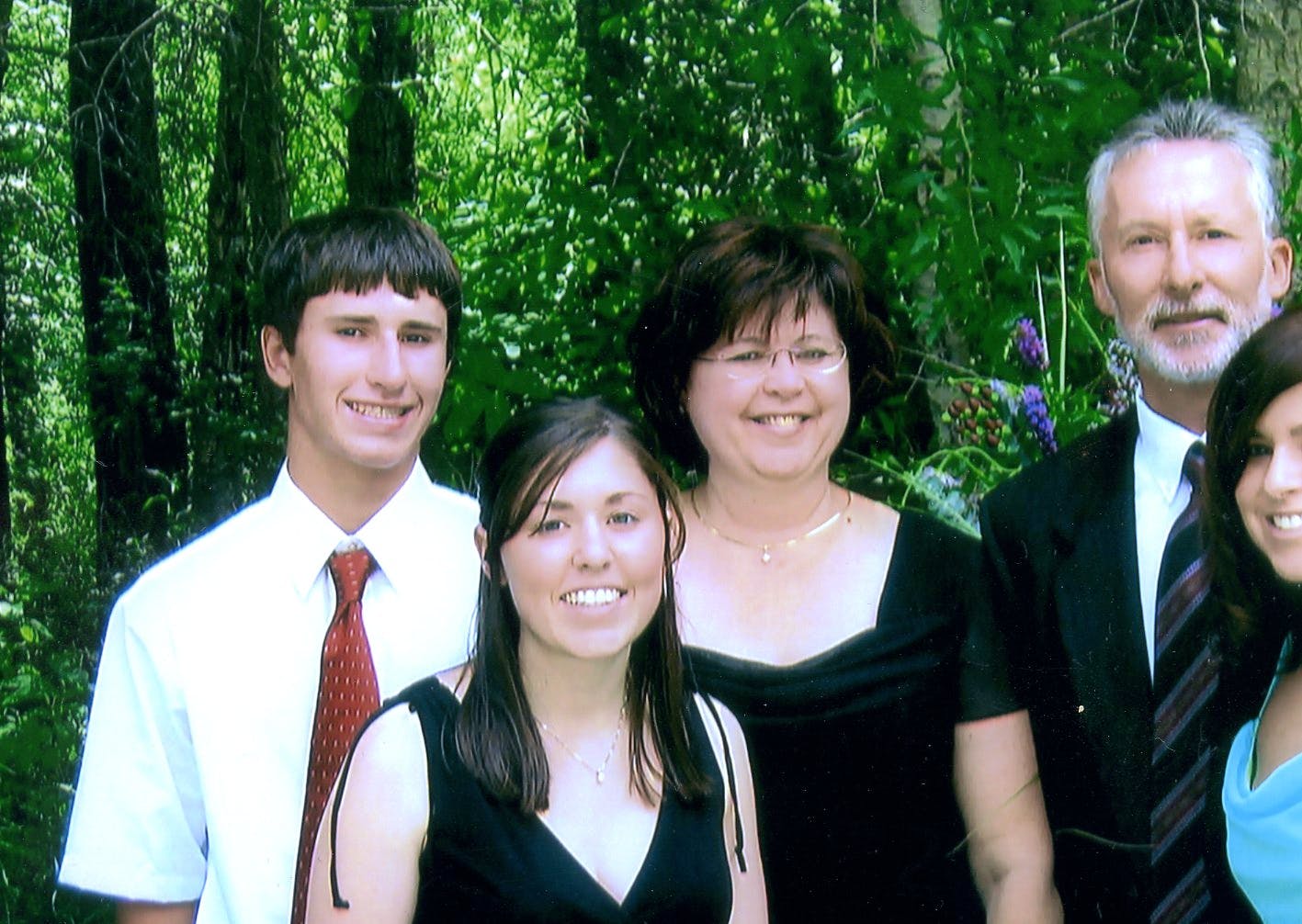
Discussing his professional achievements can be a challenge. Due to the nature of Hartenstein’s security work, many projects he has been involved with are classified and can’t be openly discussed. Some highlights he can mention include training to be a chemical weapons treaty inspector, validating the effectiveness of explosives detectors used in airports, and helping countries implement better methods to detect smuggled drugs. One high point has been watching what he called “INL’s imprint on the nation,” including growth in R&D programs that impact our nation’s security.
As part of that imprint, Hartenstein is aware of a few projects he was involved with that made it all the way to the Oval Office. Three projects he worked on have been shared in briefings to the president of the United States. Knowing that his efforts made it all the way to the top created a real sense of pride for him. “It’s the first time I was aware of that INL’s role with intelligence was mentioned to the president,” he recalled. “You look at that moment and say, ‘It wasn’t me, but I helped enable it.’”
In his latest role as chief science officer, Hartenstein cultivates researchers to advance the future of national security. He approaches the position from his experience as a researcher who has worked for four different contractors at INL rather than as a manager or administrator. “What they really need is to be able to execute research in a high quality and at an accelerated pace,” he said. “After 37 years, I have learned about what works and what doesn’t work.”
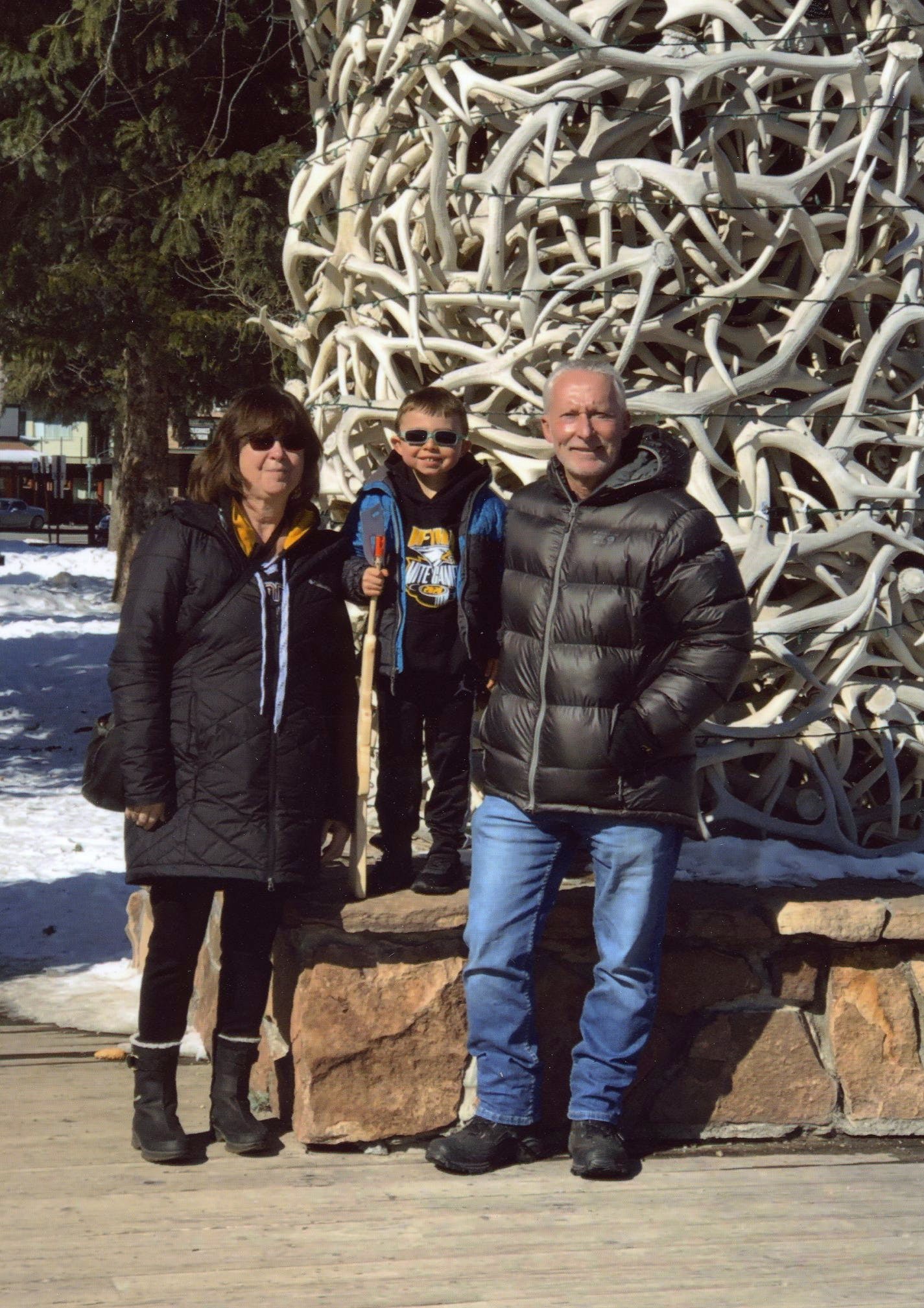
Ginger Wright, Energy Cyber Portfolio manager for INL’s Cybercore Integration Center has worked with Hartenstein on various projects during her time at INL. She recalls a time when Hartenstein helped another researcher better appreciate the impact of his work. After reviewing the technical details, Hartenstein asked, ‘So you’re saying you created something that could go in an Iron Man suit?’” Wright said. “And this is a researcher who thinks in complexity. But when his work was reduced to something so simple, the researcher was able to grasp the greater impact, and it helped them both raise the caliber and recognition for the work being performed.”
For Bjorn Vaagensmith, a Power Systems researcher, Hartenstein’s influence helped the early career scientist secure funding and understand the INL landscape. Less than a year after starting at the lab, Vaagensmith decided to apply for Laboratory-Directed Research and Development (LDRD) funds. He had heard that securing LDRD funds could be a real challenge for first-time applicants, so he looked to Hartenstein for some guidance. “We had a meeting with Steve, and he helped critique and walk me and my colleague through the proposal,” Vaagensmith said. “He really helped guide us through the LDRD process and how to write a proposal so that it would appeal to the LDRD members. He taught us about the culture, too, as far as how to write a winning proposal.” The advice paid off. The team’s proposal earned three years of LDRD funds totaling $1.3 million.
As he reflects on the challenges, twists and turns of his career and prepares for retirement, Hartenstein hopes that he developed a reputation for being helpful and making an impact on research and supporting researchers’ careers. And he can confidently say that INL provided him with the chance to make a difference. As he said, “Now I’m a chief scientist at INL helping the next Einsteins become the Einstein.”

